GFCI outlet won't work
cmae17
16 years ago
Related Stories
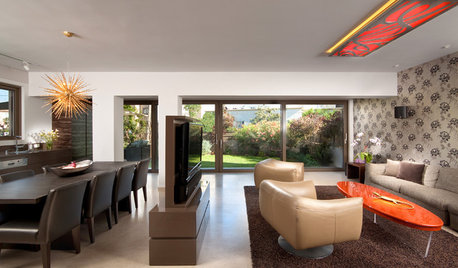
MORE ROOMSWhere to Put the TV When the Wall Won't Work
See the 3 Things You'll Need to Float Your TV Away From the Wall
Full Story
REMODELING GUIDESYou Won't Believe What These Homeowners Found in Their Walls
From the banal to the downright bizarre, these uncovered artifacts may get you wondering what may be hidden in your own home
Full Story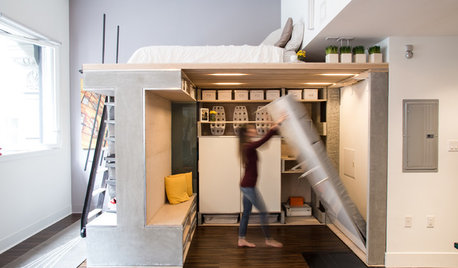
SMALL SPACESHouzz TV: You Won’t Believe Everything This Tiny Loft Can Do
Looking for more floor space, a San Francisco couple hires architects to design a unit that includes beds, storage and workspace
Full Story
GREAT HOME PROJECTSPower to the People: Outlets Right Where You Want Them
No more crawling and craning. With outlets in furniture, drawers and cabinets, access to power has never been easier
Full Story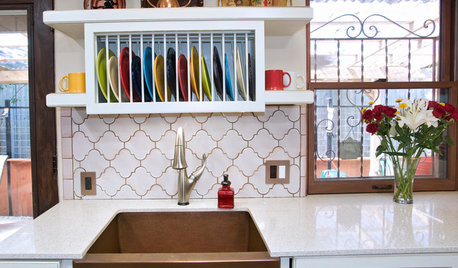
KITCHEN DESIGNDish-Drying Racks That Don’t Hog Counter Space
Cleverly concealed in cabinets or mounted in or above the sink, these racks cut kitchen cleanup time without creating clutter
Full Story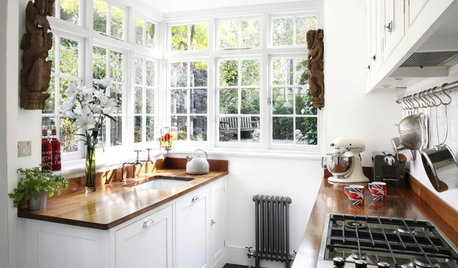
SMALL KITCHENS10 Things You Didn't Think Would Fit in a Small Kitchen
Don't assume you have to do without those windows, that island, a home office space, your prized collections or an eat-in nook
Full Story
LIGHTING10 Chandeliers for People Who Don't Like Chandeliers
Get all the chandelier benefits without channeling Liberace, thanks to wood, paper, wire — and even a surprising old-fashioned staple
Full Story
FUN HOUZZDon’t Be a Stickybeak — and Other Home-Related Lingo From Abroad
Need to hire a contractor or buy a certain piece of furniture in the U.K. or Australia? Keep this guide at hand
Full Story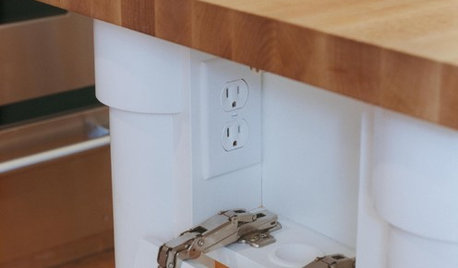
KITCHEN DESIGNHow to Hide Those Plugs and Switches
5 ways to camouflage your outlets — or just make them disappear
Full Story
REMODELING GUIDESBanish Gizmo Blemishes on Your Walls
Unsightly switches, vents and outlets can ruin your interior design's clear complexion. Keep the look pure with an architect's tips
Full StoryMore Discussions









itsunclebill
cobraguy
Related Professionals
Ashburn General Contractors · Columbus General Contractors · Keene General Contractors · Ken Caryl General Contractors · Merrimack General Contractors · Natchitoches General Contractors · Alafaya Solar Energy Systems · Lockhart Solar Energy Systems · Bellflower Solar Energy Systems · Carson Solar Energy Systems · Coachella Solar Energy Systems · Cocoa Beach Solar Energy Systems · Holliston Solar Energy Systems · Voorhees Solar Energy Systems · Burr Ridge Home Automation & Home Mediatexasredhead
bus_driver
brickeyee
texasredhead
cobraguy
texasredhead
guitar42
bryan_m_johnson_yahoo_com
petey_racer